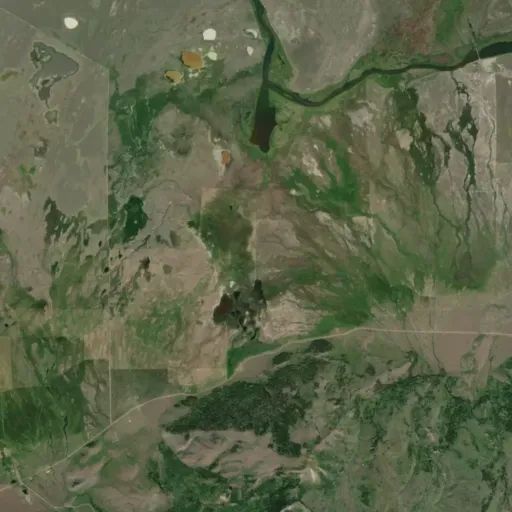Red Rock Lakes National Wildlife Refuge has often been called the most beautiful National Wildlife Refuge in the United States. The rugged Centennial Mountains, rising roughly 10,000 feet and running from east to west, provide a dramatic backdrop for this extremely remote Refuge in Southwest Montana's Centennial Valley.
The Refuge encompasses primarily high mountain and high elevation wetland-riparian habitat - the largest in the Greater Yellowstone Ecosystem, and is located near the headwaters of the Missouri River. Numerous creeks flow into the Refuge creating Upper Red Rock Lake, the River Marsh, and Lower Red Rock Lake. The snows of winter replenish the Refuge’s lakes and wetlands that provide secluded habitat for many waterfowl, shorebirds, and wetland birds including trumpeter swans, white-faced ibis, and black-crowned night herons. The Refuge also includes wet meadows, riparian creek edges, willow fen, cool season grasslands, sage-steppe, and mountain forest habitats. This diversity provides habitat for other species such as sandhill cranes, long-billed curlews, bald and golden eagles, hawks, warblers, moose, elk, badgers, bears, wolves, mountain lions, martens, pronghorn, and native fish such as Arctic grayling and westslope cutthroat trout.
Over 60% of the Refuge is designated as wilderness. Some important information about the Refuge wilderness:
- Established 1976
- 32,350 acres
- Why Wilderness? The Wilderness Act of 1964 created the National Wilderness Preservation System "in order to assure that an increasing population, accompanied by expanding settlement and growing mechanization, does not occupy and modify all areas in the United States, and its possession, leaving no lands designated for preservation and protection in their natural condition..."
- For more information about Red Rock Lakes Wilderness, visit: Wilderness Connect

